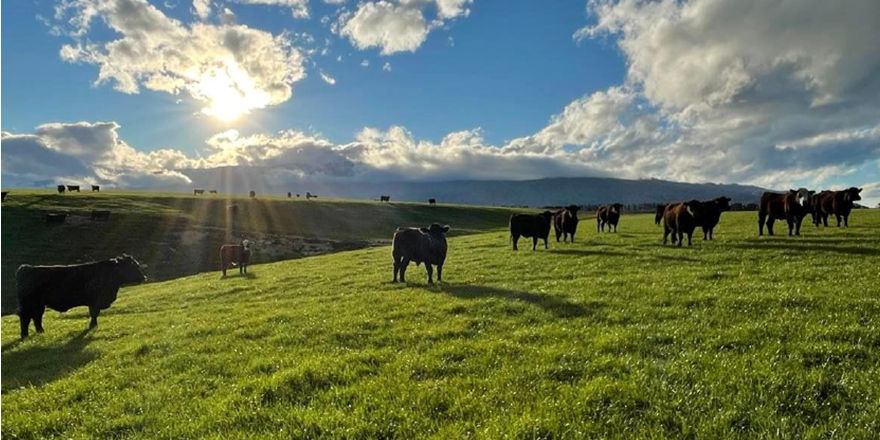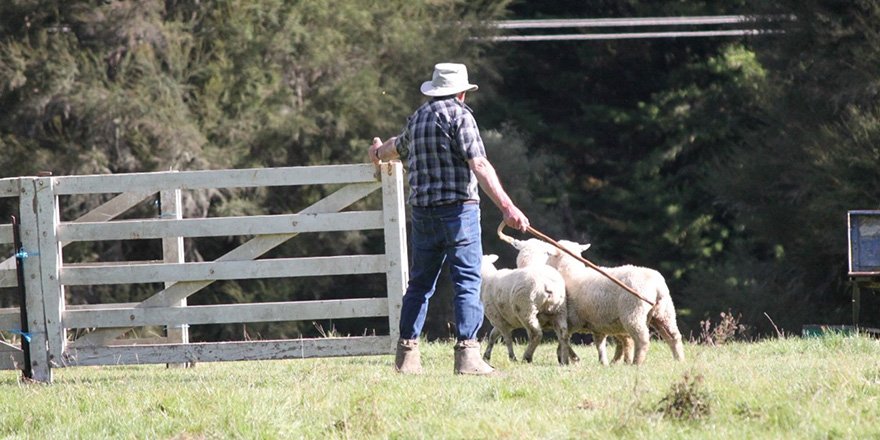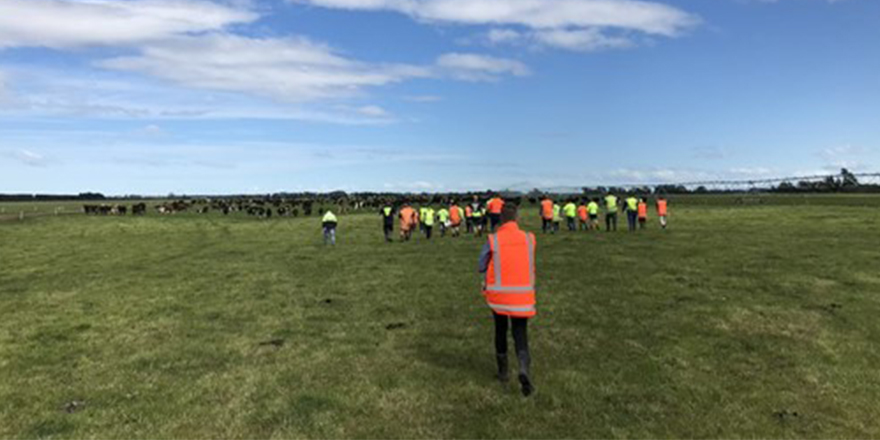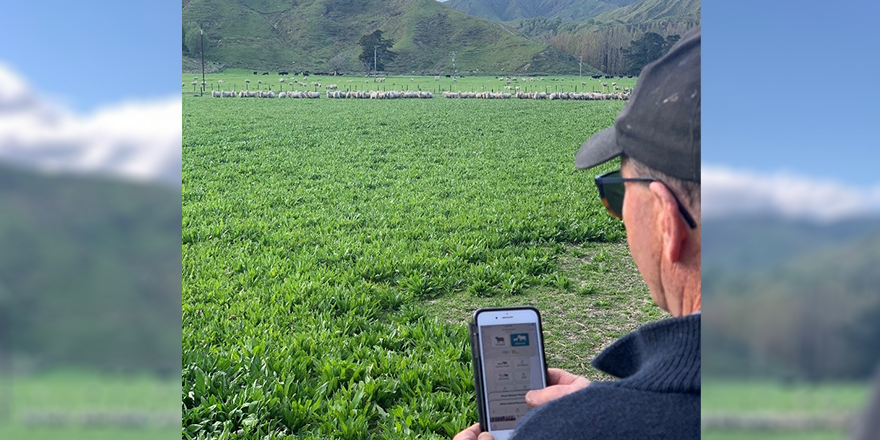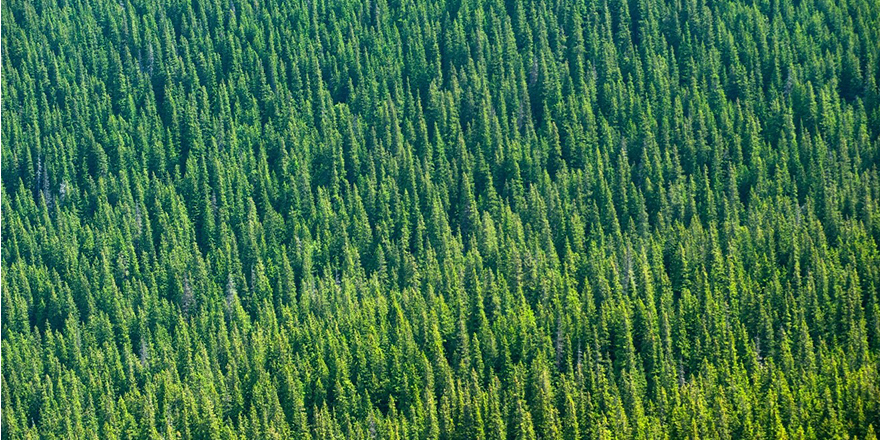
Executive summary
“We are not anti-forestry – exotic plantings can be integrated where appropriate – but it is about planting the right tree in the right place”
Sam McIvor B+LNZ Chief Executive, 2021
With Aotearoa New Zealand’s commitment to the Paris Agreement of a reduction in emissions to net zero by 2050, the practice of planting faster growing, quicker carbon sequestering trees (Pinus radiata) has boomed.
The continued rise in the Aotearoa New Zealand Units (NZUs) price and Government’s lack of regulations around permanent exotic carbon forestry have further contributed to planting more exotic forests on productive land where previously the land value would have been too high to be considered for forestry.
The new permanent forestry category will be added to the New Zealand Emissions Trading Scheme (NZ ETS) on the 1st of January 2023. This applies to both exotic and native forests that will not be clear-felled for fifty years. Forests must be planted post-1989 to qualify, any trees planted or established pre-1989 do not qualify for entry into the NZ ETS.
Aotearoa New Zealand’s land area is 26.8 million hectares of which 8 million hectares is native and indigenous forests and 2.1 million hectares are exotic forests, mainly Pinus radiata.
Only 333,000 hectares of post-1989 plantings are registered into the NZ ETS, leaving a vast portion of pre-1989 forests excluded from the NZ ETS, all of which are still holding and continuing to sequester carbon.
Key findings of the research around the potential effects of exotic carbon forestry on rural Aotearoa New Zealand are as follows:
- As the NZU price rises (currently $77) stockholders will be able to out-compete farmers for productive farmland sales.
- Returns on investment for permanent exotic forests far outweigh relative competing land uses and native trees.
- Large-scale permanent exotic forests would allow Aotearoa New Zealand to meet their emissions targets and at a lower direct economic cost.
- To reach our 2050 goal, the area needed for planting exotic trees would be less than if native trees were planted.
- Higher economic returns due to the faster sequestration rate of exotic trees.
- Higher economic returns on marginal to steep land compared to traditional farming in these areas.
- Long-term damage to the biodiversity and ecology of the land.
- Increased pest burden, risk of wildfires and spread of wilding pines.
- Direct financial impact through job losses on farms and indirect financial impacts on rural towns and businesses.
The short-term fix of planting permanent exotic forestry will become a long-term problem for future generations.
Key recommendations from this research are as follows:
- Government should be encouraging industry to reduce emissions rather than taking the easy option of offsetting them.
- MPI allowing pre-1989 native forests and natural carbon sinks (Fiordland) into the NZ ETS.
- Research into alternative ways to sequester carbon such as the use of our oceans and seaweed to sequester carbon.
- Power companies should be increasing investment into alternative power sources such as wind turbines, building more hydro lakes and harnessing geothermal energy.
- The Ministry for the Environment and local councils encouraging partial farm plantings which will improve profitability on marginal land and will have environmental benefits on-farm if waterways and marshy areas are locked up and left in native plants.

